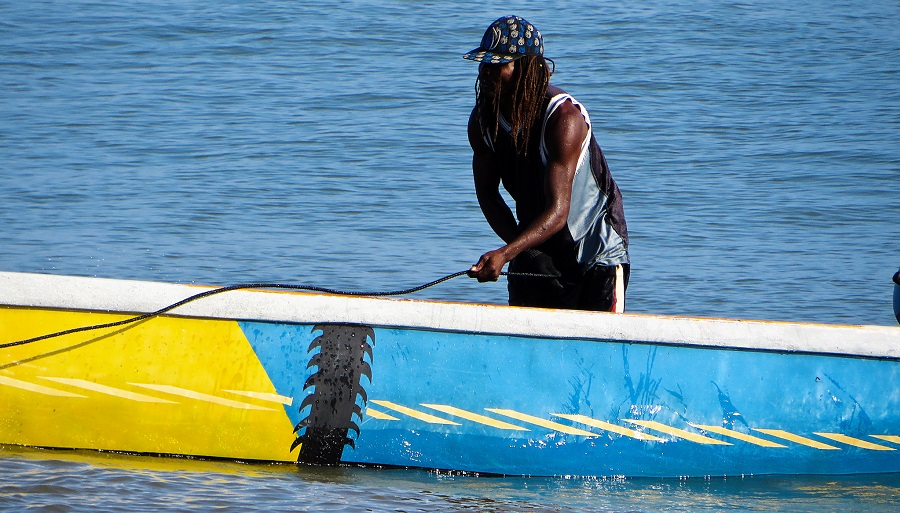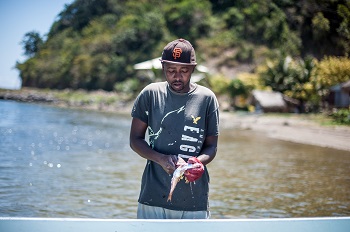Artisanal fisheries catches taken from Honduras’ Exclusive Economic Zone have contributed far more than previously thought both to the economic growth and the food security of this Central American country, new research has found.
By disaggregating catch data for industrial and artisanal fisheries and adding up best estimates of unreported catches by each fishing sector, an international group of researchers discovered that from 1996 onward the artisanal fleet caught more fish and from 2000 onward had larger revenues than the industrial fleet.
“The first thing we noticed was that official statistics merged industrial and artisanal catch data, thus masking the strong growth of the small-scale sector,” said Steven Canty, lead author of the study and a scientist with the Smithsonian Marine Station in Florida. “Especially on the Caribbean side of Honduras, such growth became significant in the mid-1990s and reached a peak in 2003 with a landed value of $35 million.”
The rise in value goes hand in hand with an increase in the amount of fish caught by artisanal fishers, who nowadays are responsible for over 60 per cent of the total catch taken from Honduran waters.
The rise in value goes hand in hand with an increase in the amount of fish caught by artisanal fishers
“These findings demonstrate two things: the importance of disaggregating data to fisheries sectors to identify important trends and how vital artisanal fisheries are for Honduras, where they support the resilience of coastal communities through the provision of food and employment,” said Brittany Derrick, co-author of the study and a researcher with the Sea Around Us initiative at the University of British Columbia’s Institute for the Oceans and Fisheries.
By incorporating best estimates of unreported catches to officially reported data using the Sea Around Us’ catch reconstruction method, the researchers also noticed that total catches in the past 65 years were almost 3 times greater than reported.
“By comprehensively estimating unreported catches, no matter if these catches were discarded at sea or landed but simply not declared due to lack of reporting infrastructure and other limitations, we were able to determine the more likely amount of fish taken out of both the Caribbean and the Pacific side. Our total added up to 32,000 tonnes in 2015 and not 11,000 tonnes as reported,” said co-author Dirk Zeller, Director of the Sea Around Us – Indian Ocean at the University of Western Australia.
Once they had reconstructed the catch for each sector, Derrick, Zeller and their colleagues observed that industrial catches started declining in 1986 and dropped dramatically in the mid-2000s. “This decline was masked by the aggregation of data in official statistics. This highlights the urgent need for comprehensive fisheries management and reporting systems in Honduras,” Zeller said.
For Steve Box, a co-author of the study who leads Rare’s Fish Forever coastal fisheries program, the study confirms that Honduras’ small-scale fishers are a critical piece not just of local economies but also of the national economy.
“Without data about what small scale fishers are catching, it’s impossible to manage these fisheries effectively. What’s exciting is that Honduras is a leader on solving this problem and Rare, working with partners, is proud to support systemic change that will empower communities to collect better data, sustainably manage their fisheries, protect marine life and improve fisher livelihoods,” Box said.
The paper “The hidden value of artisanal fisheries in Honduras” includes contributions by researchers with the Argentinian Centro Para el Estudio de Sistemas Marinos and Rare Inc. It was published in Fisheries Management and Ecology, doi: https://doi.org/10.1111/fme.12346




